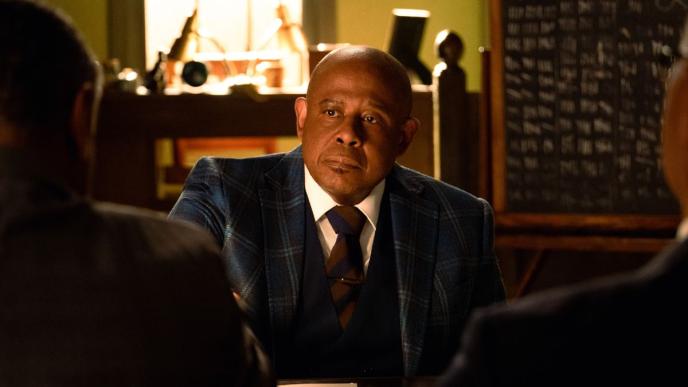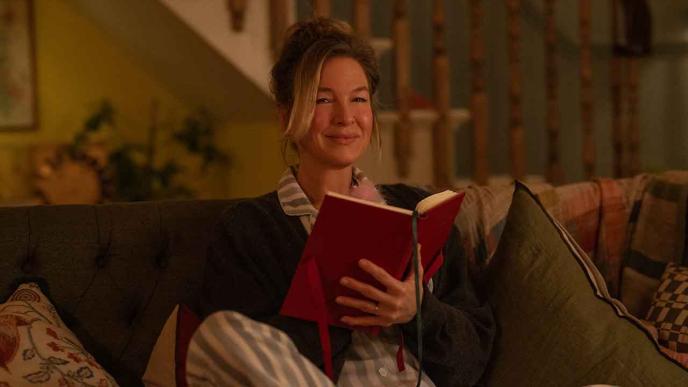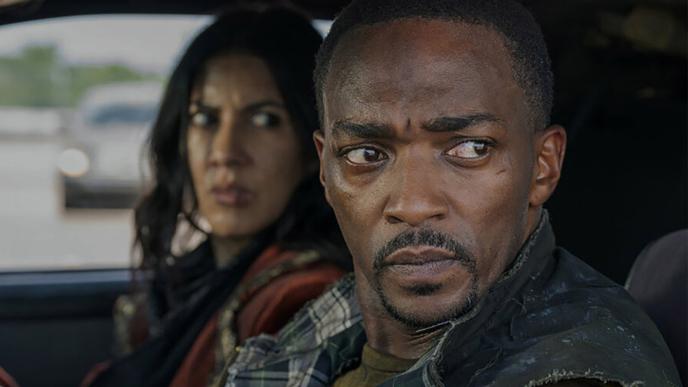
One Piece Season 1
Framestore delivered pivotal visual effects for Netflix’s live-action adaptation of the beloved manga and anime ONE PIECE, encompassing a wide range of tasks, including character concept and design, environment effects, and most notably, bringing to life the extraordinary abilities of the “devil fruit” powers for main character Luffy and fan-favorite villain, Buggy.

Based on Japan's highest-selling manga series in history by Eiichiro Oda, ONE PIECE is a legendary high-seas adventure centered around protagonist Monkey D. Luffy's quest to find the legendary fabled treasure, the One Piece, and become the King of the Pirates.
Framestore was tasked to help realize the "gum gum" superpowers of Luffy that allow him to stretch like rubber, the "chop chop" superpowers of Buggy the Clown, a pirate who can split his body into floating dismembered pieces, and deliver multiple explosive shots during the fight scene in episode 5 when pirate Don Krieg's ship is split in half and character Mihawk splits a cannon ball aimed at him. Additionally, our involvement extended to the design of Don Krieg’s shoulder cannon while the Art Department conceptualized the adorable mail-carrying sea birds, known as the News coo birds in the world of ONE PIECE, which our visual effects team brought to life.
We came on to ONE PIECE with zero prep time. After reading the first two scripts, our first call was to John & Julie at Framestore, New York. We needed a heavy hitter to tackle the News Coo along with Luffy & Buggy devil fruit powers. After a couple of weeks of prep with the team at Framestore New York, we had bids, concept art moving forward, and we're going down the same path of success we saw on other VFX heavy titles.





When exploring the Devil Fruit powers of both Luffy and Buggy, the directive from VFX Supervisor Victor Scalise and VFX Producer Scott Ramsey was to have fun with it, and our team was ready to embrace the unique challenge.
Throughout the project, we underwent a series of developmental trials to find the right balance of weight, tension, physicality, and overall fantasticalness of the rubbery gum gum powers of Luffy. Stretchy rubber limbs are famously one of the most complicated creative challenges in VFX because of the limited real-world correlation to ground it in reality. The evolution of Luffy's gum gum attacks during development is a testament to the collaboration and communication between the show's VFX supervisor and our team. Scalise described the coming together of Luffy's elastic limbs as the result of months of experimentation, where our artists added more bend, weight, and movement to the digidouble.
The success of Luffy's elasticity was all informed by the brilliant performance of Luffy's actor, Iñaki Godoy, who gave the team plenty to work with, bringing this fantastic rubbery physicality to the way that he sprang around the screen and became the real-life embodiment of the character.





Beginning production on Buggy's powers also brought questions around how to accurately portray it in the real world. We started with multiple tests and explorations to find the right look to the surfaces of the cut limbs and the optimal degree of snap and "magnetism" for the way the pieces click together and click apart. The most challenging technical task of the project was developing an animator-driven rig and procedural system to slice up the body, such that the animators could control the "slice and dice" in their scenes in proxy, to be picked up and executed later by FX in a robust and art-directable way. As with Luffy, Buggy's actor Jeff Ward gave us so much great physicality to work with in his performance.

Success in the world of Live-Action Anime Adaptations
Hailed as one of the most successful live-action anime adaptation, ONE PIECE Season 1 became the top show in over 84 countries after its first three days of streaming, registering 18.5 million views and a wave of positive praise.
VFX Supervisor Andy Zazzera comments that leaning into the bizarre is what led to the success of the show's visual effects, stating, "Along with the pressure that comes from working on such a legendary property such as ONE PIECE, there's this looming specter over the task of creating superheroes with rubber powers when historically they've been met with such infamously mixed success. Stretching human limbs is a fundamentally crazy thing that even if these powers existed in real life, they would still fall squarely into the uncanny valley. But we found that it can work when you lean into its inherent wackiness! And a big part of why it succeeded here is because everyone involved with this show, at every level, obviously worked so hard to bring the fun and the heart of the original ONE PIECE to life."
"Once again Framestore knocked it out of the park for us. We knew as we started season 1 of ONE PIECE we would need to call upon the Framestore Team to get us those feature quality effects. Their brilliant design and execution took what was the hardest challenge for us and made it a huge success which was Luffy's Gum Gum Powers. They really took something that could have been horrible looking and made great sense of it visually. The Framestore crew also really brought Buggy to life. As you can see it is on the screen not only did they have fun doing it (which I think you can see the love put into their animations), they really matched Jeff's amazing performance and put a bit of him in each of his separated CG parts. The News Coo originally was only supposed to be in 3 shots. When everyone saw how awesome the News Coo was all of a sudden it started popping up more and more. It was Framestore's design that made us just want to see it again and again. Mr. Oda wanted the Mihawk beach fight to be much more exciting than how it was shot. So we ran to Framestore without a lot of time left to achieve it. They jumped right in and made it one of the more exciting sequences in the show. Thank you Andy and John for pulling off the impossible again. Framestore went above and beyond for us. It's great to work with such a talented team that has a lot of fun doing it. I am so appreciative of the teamwork and collaboration with the management and the artists brought to our table. Everyone always has a great idea that we then incorporate to make it a successful project. It's just a lot of fun working with the Framestore Team."
-Victor Scalise, VFX Supervisor


